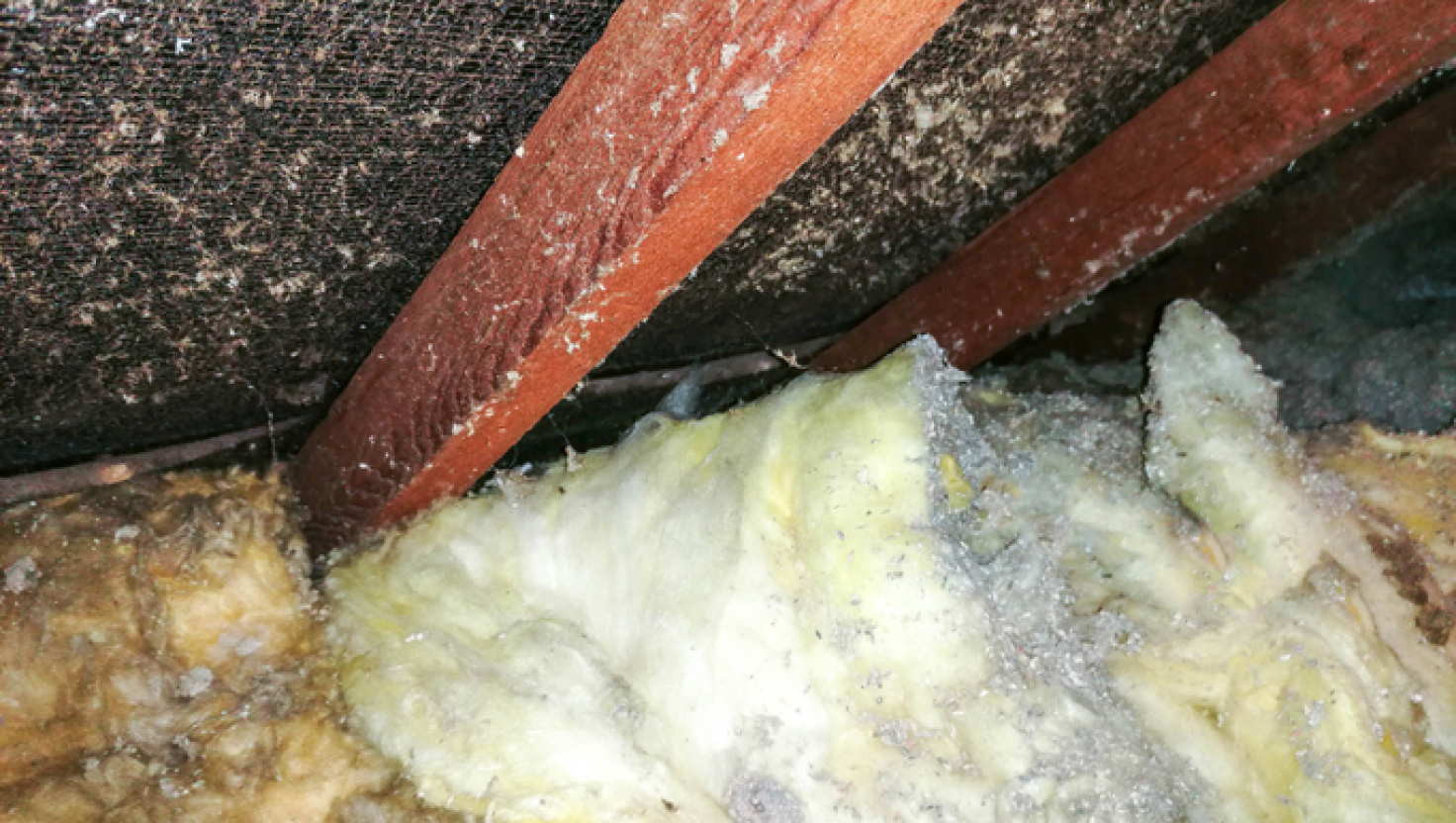
Most buildings constructed between 1930 and 1980 contained asbestos insulation. Some buildings still contain high levels of asbestos. Construction workers and homeowners face potentially serious health consequences from continued exposure to asbestos wall, basement and attic insulation.
9 Min ReadWritten by Michelle Whitmer | Scientifically Reviewed By Sean Fitzgerald, PG | Edited By Walter Pacheco | Last Update: May 17, 2024

Written by Michelle Whitmer | Scientifically Reviewed By Sean Fitzgerald, PG | Edited By Walter Pacheco | Last Update: May 17, 2024
Quick Facts About Asbestos Insulation Years Produced: 1866 – 1978 Places Used:Attics, ceilings, walls and basements in residential and commercial construction as well as around pipes, boilers, furnaces and electrical boxes
Toxicity: Asbestos Use Banned: Friable: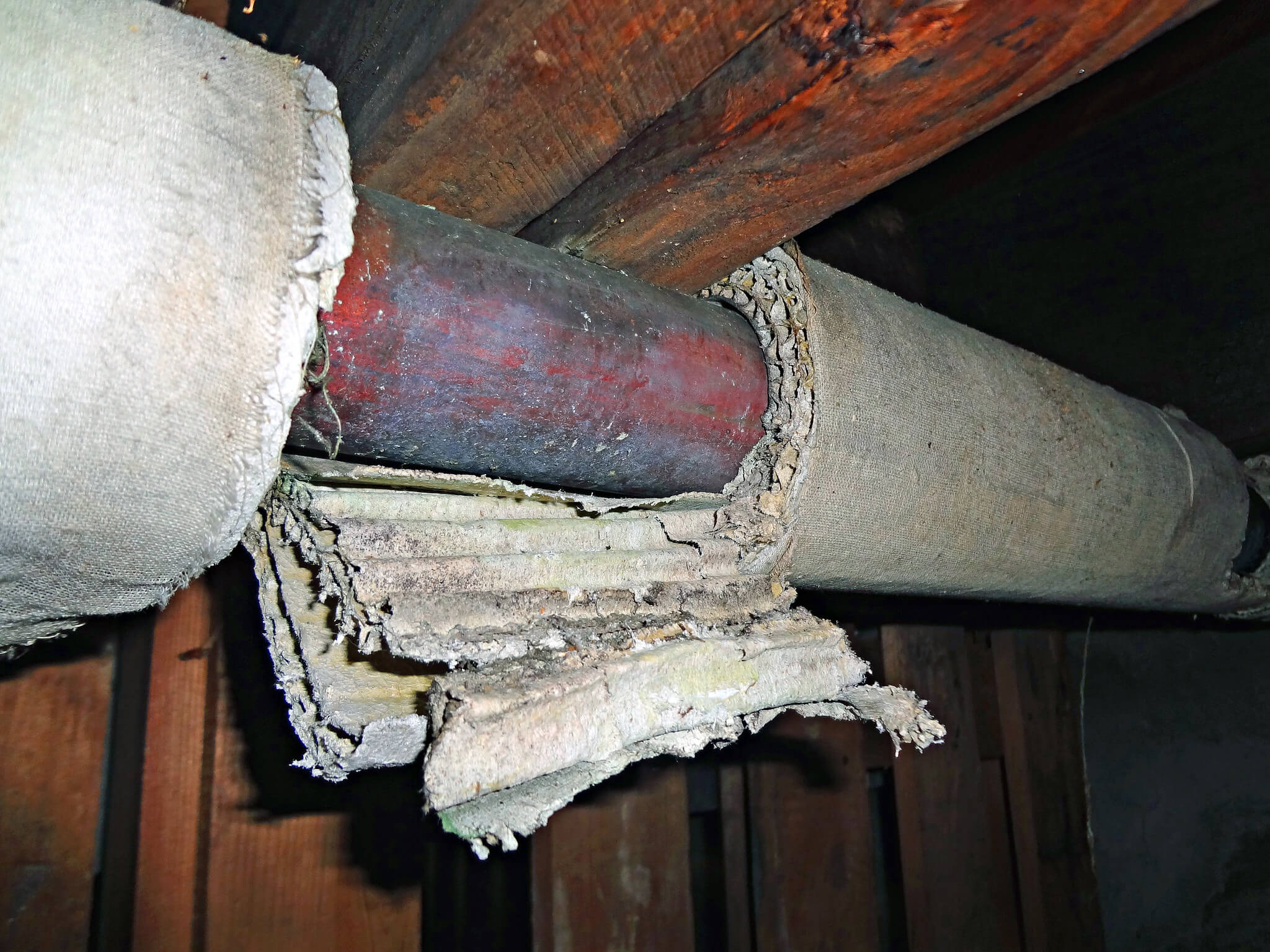
Asbestos insulation is a building material that contains asbestos, a naturally occurring, toxic mineral that can cause mesothelioma, asbestos lung cancer and other serious health complications. There are multiple types of asbestos insulation, including block, loose fill, spray-on and wrap.
Insulation containing asbestos was commonly used in residential, commercial and industrial buildings until the late 1970s. The unique physical characteristics of its fibers makes asbestos resistant to heat.
Federal regulations limiting its use eventually prompted businesses to phase asbestos out. However, many older buildings still contain asbestos materials that pose health risks.
Get Your Free Mesothelioma Guide

Find a Top Mesothelioma Doctor

Access Help Paying for Treatment

The most notable companies associated with making asbestos insulation in the U.S. include Johns Manville and W.R. Grace and Company. Many asbestos insulation companies filed for bankruptcy protection after being named as defendants in lawsuits.
Asbestos Insulation Companies
Establishing a trust fund is a common component of the bankruptcy process. Johns Manville, Owens Corning, National Gypsum and W.R. Grace all have trust funds. Former workers and others exposed to asbestos products can seek compensation from these funds to cover medical and related expenses.
Several brands have a connection with asbestos insulation. These companies produced a large portion of the materials used in residential and commercial buildings. Some are more widely known than others.
Air Cell, Marinite, Suprex & ThermobestosAir Cell, Marinite, Superex and Thermobestos were asbestos insulation brands from Johns Manville, which is among the most well-known asbestos-related companies.

Nicolet Keasbey & Mattison also had a brand of pipe insulation called Air Cell. Once one of the largest asbestos-producing companies in the world, the company produced industrial products including Hy-Temp insulation from its Ambler, Pa., headquarters.
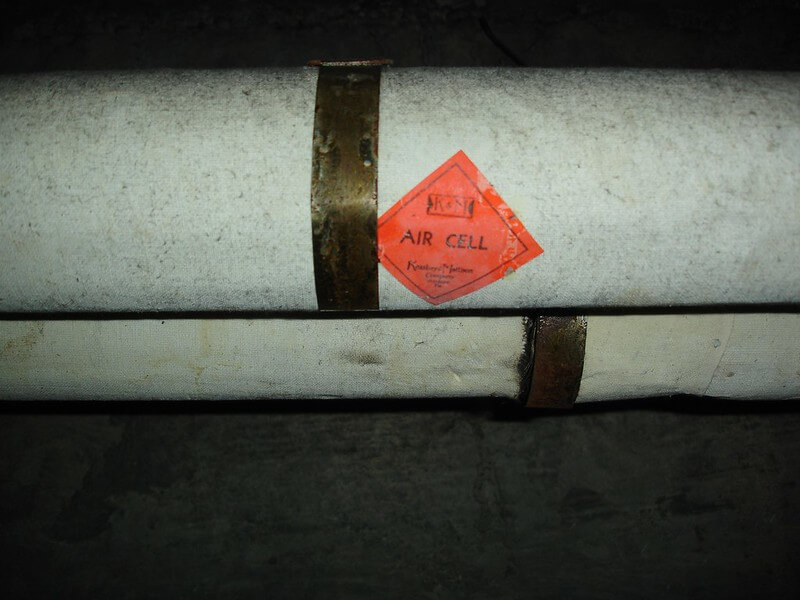
Armstrong Contracting and Supply brands of asbestos insulation included Armatemp and Hi-Temp. Products included insulating roof tiles, block, pipe and felt insulation.
Careytemp, Carey Thermalite & VitricelCelotex brands include Careytemp, Carey Thermalite and Vitricel. A major manufacturer of asbestos-containing roofing, siding and insulation for residential and commercial buildings, Celotex also owned asbestos mines.
Materials bearing the popular Gold Bond brand were among National Gypsum’s asbestos brands. The company was a major manufacturer of asbestos wallboard, roofing and several types of ceiling panels.
Hylo Block, Supertemp Block & Super 66Hylo Block, Supertemp Block and Super 66 insulating cement are all brands from manufacturer EaglePicher Industries Inc. The company produced asbestos insulation widely used in military applications.
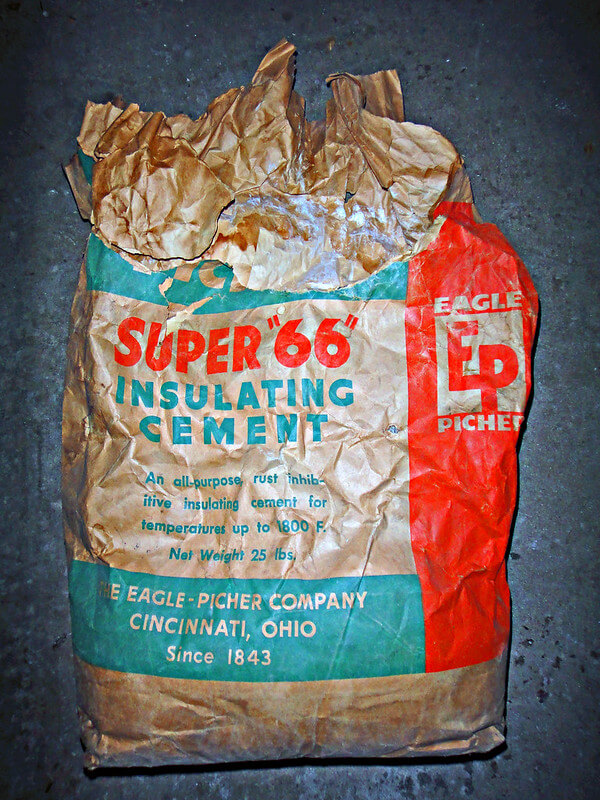
Owens Illinois Glass Company produced Kaylo pipe and block insulations that contained up to 20% asbestos.
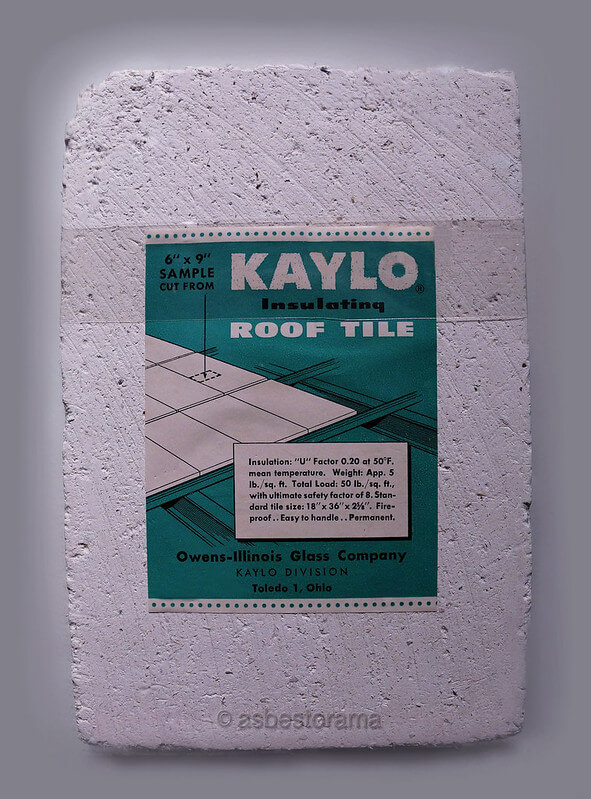
Turner and Newall, a U.K.-based company, produced a wide range of asbestos-containing products, including the widely used Limpet spray. Keasbey & Mattison was sold to Turner and Newell in 1934. Armstrong Contracting and Supply entered into an exclusive licensing agreement to distribute Limpet Asbestos in the U.S. from 1962 to 1967.
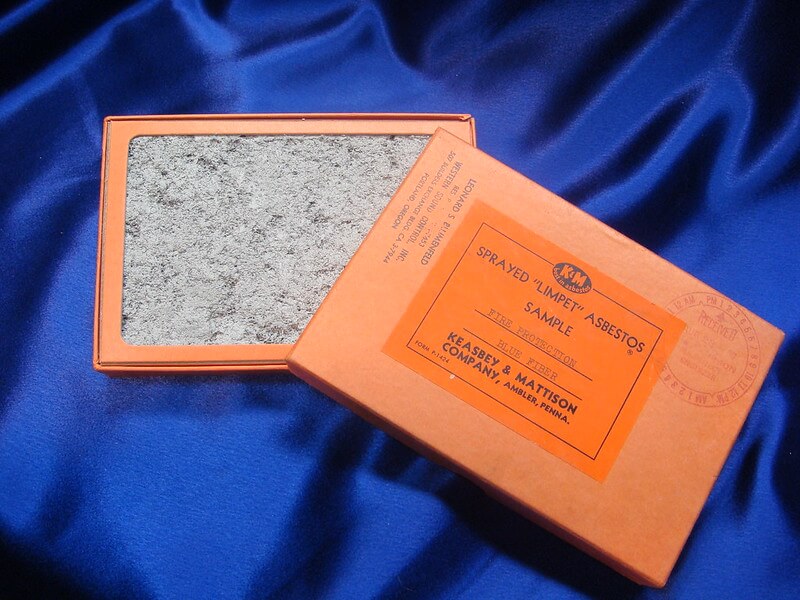
Zonolite and Monokote were brands from asbestos manufacturer W.R. Grace. The company’s mines were once responsible for a large portion of the world’s asbestos products.
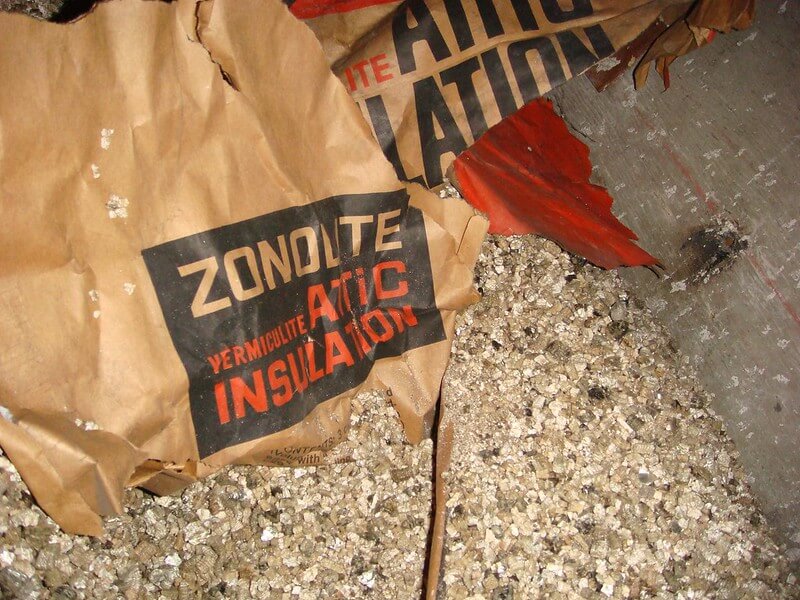
Many other companies also used asbestos in insulation and other building materials. As a result, their workers and product end users were exposed to asbestos fibers over long periods. This contributed to a large number of lawsuits. Many asbestos companies established trust funds to handle these claims.
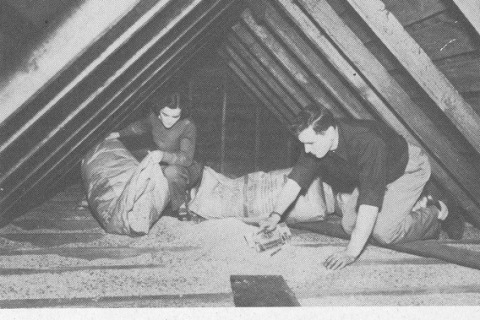
When encountering home insulation during DIY projects, it’s important to know what you could be exposed to in the process. Asbestos insulation and cellulose…
There are several types of asbestos insulation with varying uses ranging from construction to industrial applications. The four main types are block, loose-fill, spray-on and wrap.
Additionally, these insulation products use more than one type of asbestos. The exact structure of the mineral determines its best use. Types of asbestos include amosite, anthophyllite, chrysotile, crocidolite, tremolite and actinolite.
Previous Next 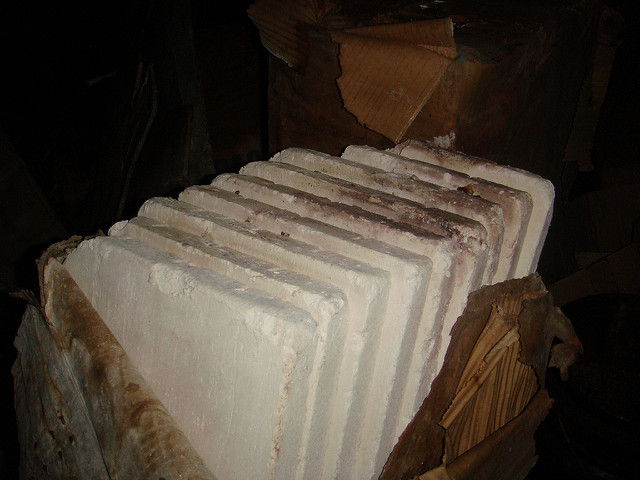
A common form of asbestos wall insulation, builders glued these blocks of almost pure asbestos to walls.
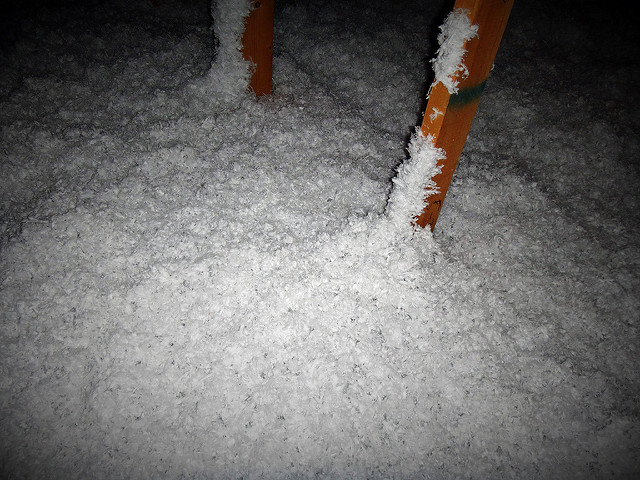
This is a fluffy mixture of high-asbestos content insulation that workers blow into cavities and open spaces. It is particularly dangerous because it is easily disturbed by air currents.
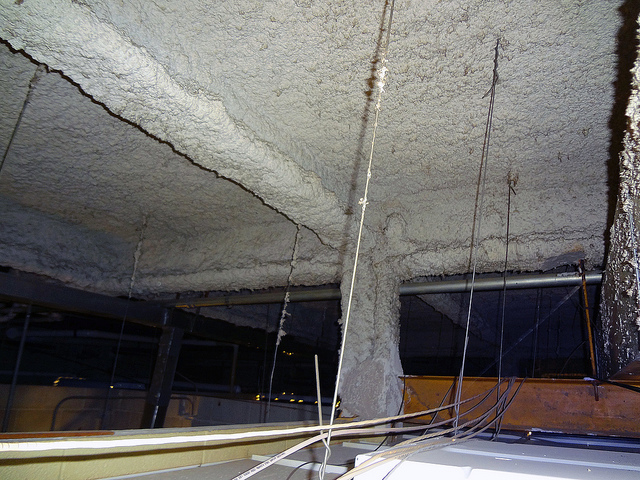
The application of spray insulation requires less labor, making it a popular choice. The airborne application makes this type especially harmful to workers.
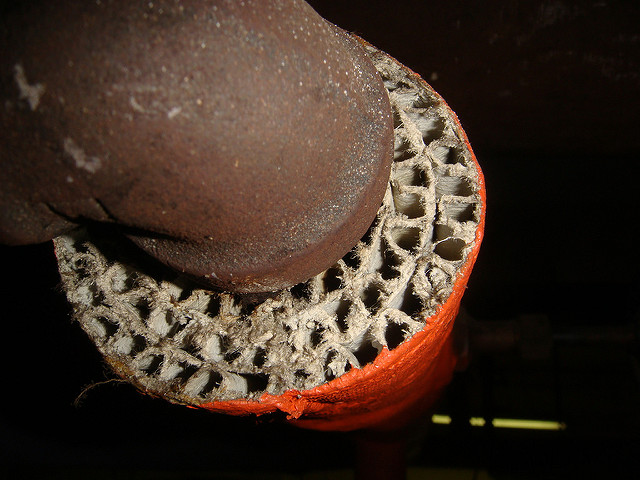
Multiple types of wrap insulation exist, primarily in industrial settings. Asbestos pipe insulation and valve fitting covers were popular options.
Other types of asbestos insulation include cement, plaster, electrical panels and certain batt insulation products. Combined, these forms of asbestos contributed to widespread exposure for workers and their household members. Many people faced exposure to multiple types of asbestos in mining, manufacturing and other trades.
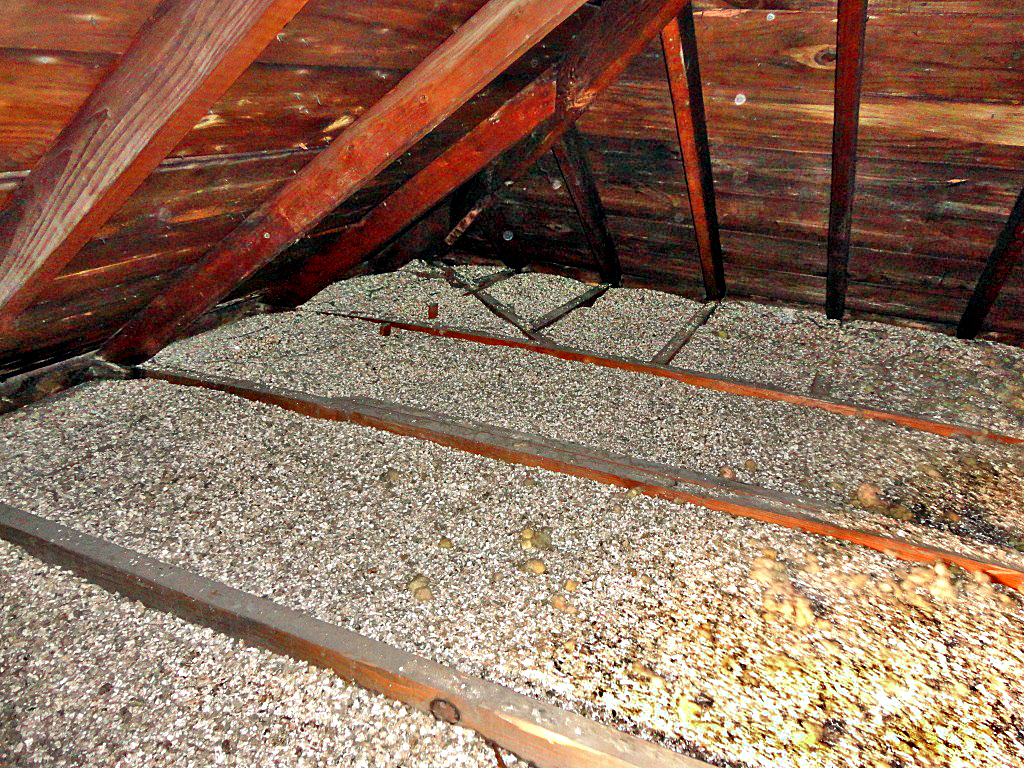
Reaching peak use in the 1960s, Zonolite insulation was a product of the W.R. Grace and Company’s Libby, Mo., mine. It was a vermiculite-based insulation with tremolite asbestos contaminants.
Documents from the U.S. Environmental Protection Agency and the Agency for Toxic Substances estimate that some 30 million homes may still have Zonolite asbestos insulation in their attics. Because it’s hazardous even at low levels, this poses a serious health risk to residents who may be unaware of the danger.
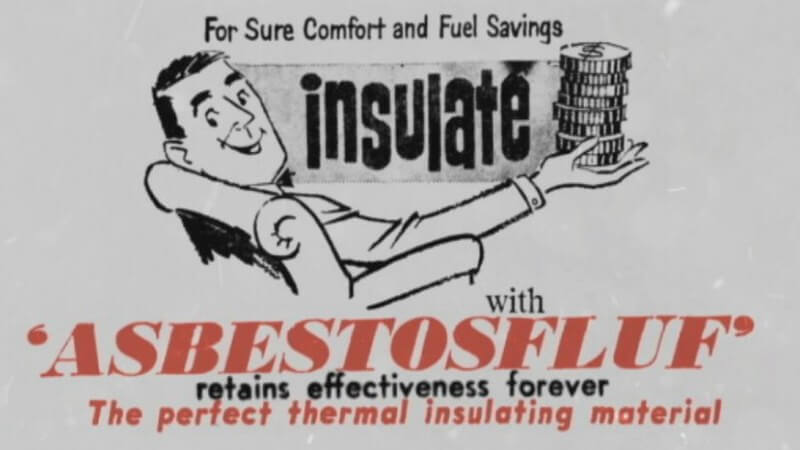
Asbestosfluf asbestos attic insulation is a loose-fill product that was popular in Australia during the 1960s and 1970s. Its manufacturer was commonly known as Mr. Fluffy because of the product’s cottony appearance.
Recognizing the hazards of Asbestosfluf insulation, the Australian government conducted a widespread campaign to remove it from homes in the 1980s. However, dust from the product was pervasive, and even homes that had all of the asbestos insulation removed were still contaminated.
Survivor Story Survivor Story Julie K. Pleural MesotheliomaJulie K. has survived more than 30 years since her pleural mesothelioma diagnosis. She believes her diagnosis was the result of asbestos exposure when she was a child. Her father was an electrical engineer who used to bring home asbestos insulation to wrap around the radiator pipes they used to heat the older house where she grew up. The head of Julie’s bed was adjacent to the heater.
Asbestos insulation can cause serious diseases including mesothelioma and asbestos lung cancer. Because the body cannot break down or expel asbestos fibers, when they’re inhaled they can accumulate in the lungs and cause inflammation, scarring and other damage.
Asbestos fibers cause the root of mesothelioma and asbestos-related lung cancer. Asbestos fibers get lodged in the pleural lining of the lung and inflammation and genetic changes happen.
Dr. Jeffrey Velotta , thoracic surgeon at Kaiser PermanenteOther major health complications are also directly related to asbestos exposure. Asbestos-related diseases include pleural plaques, ovarian cancer, pleural effusions and asbestosis.
Historically, most asbestos diseases are related to occupational exposure in fields such as mining, construction and manufacturing. Working around asbestos, workers inhaled large amounts of asbestos fibers over prolonged periods, increasing their risk.
Occupational Asbestos ExposureWhile asbestos is no longer used in residential construction, some industrial applications still use it. Therefore, certain workers continue to face asbestos exposure today. Asbestos manufacturing workers, firefighters, insulators and military service members are all at high risk.

Learn about your diagnosis, top doctors and how to pay for treatment.
Individuals who face health consequences from asbestos exposure can seek compensation from insulation manufacturers. Many of them have established trust funds to pay legal awards.
In addition to negligence in creating unsafe working conditions, many companies were also reckless. As a result, juries may award punitive damages to workers who develop health complications from these actions.
Notable Asbestos VerdictsIf you or a loved one faced occupational asbestos exposure, consult with an experienced asbestos attorney. They’ll review your case and determine your likelihood of success. Many companies settle asbestos lawsuits without going to court.
Handling asbestos is dangerous, and home and business owners should leave it to trained professionals. Asbestos abatement companies will test for hazardous materials and use proper precautions to reduce the risk of contamination to surrounding areas of the building.

Exclusive Content | Tim Povtak: What is Asbestos Abatement?
You shouldn’t attempt to handle or dispose of asbestos insulation on your own. If you suspect asbestos is in your home, don’t touch it. Instead, call an asbestos abatement company with removal experience.
Recommended Reading

Get Free Recipes for Mesothelioma Patients

Get Compensation You Deserve

The Nation's Top Mesothelioma Guide